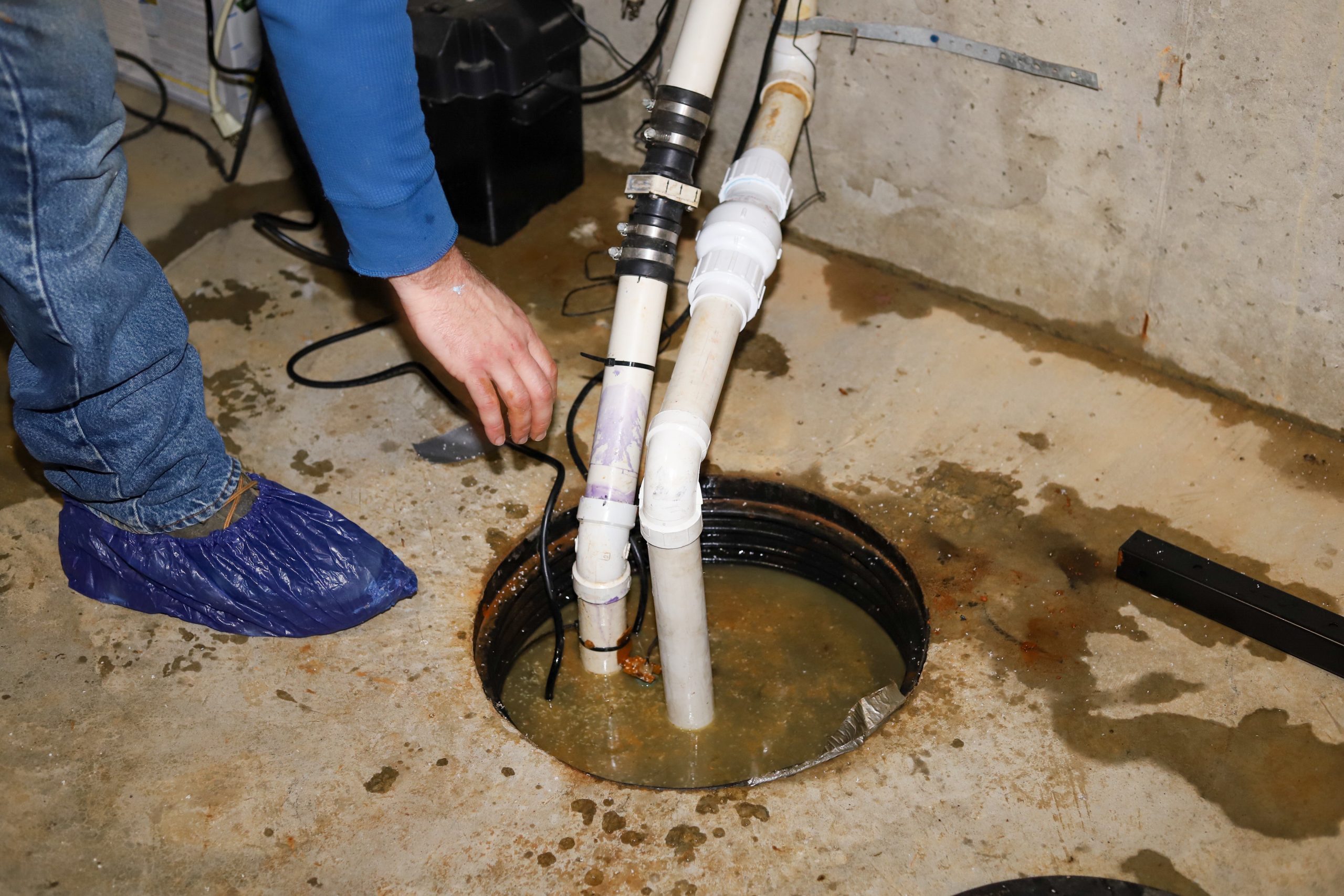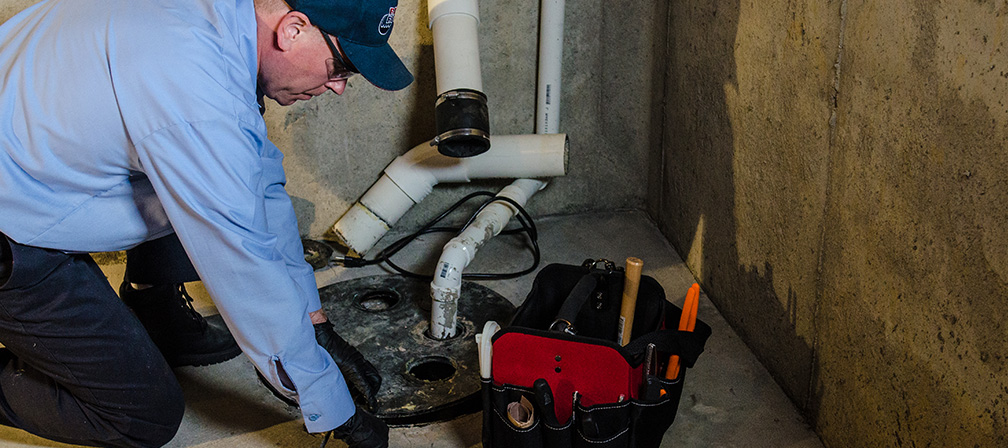Top Techniques for Cleaning a Sump Pump
Top Techniques for Cleaning a Sump Pump
Blog Article
What're your thoughts concerning Cleaning & Maintenance Tips for Your Home's Sump Pump?

Sump pumps are crucial parts in numerous homes, particularly in areas susceptible to flooding or extreme dampness. They aid prevent water damage by efficiently removing excess water from basements or crawl spaces. Nonetheless, like any other device, sump pumps call for routine upkeep to ensure they operate effectively when needed the most. Cleansing your sump pump is an essential part of its maintenance, and comprehending how to do it properly can save you from pricey repair services and potential catastrophes.
Intro
Maintaining a tidy sump pump is important for its correct performance and longevity. Overlooking this crucial task can cause blockages, breakdowns, and inevitably, water damages to your residential property. Therefore, finding out just how to clean up a sump pump is important for home owners who count on these tools to keep their cellars completely dry and secured.
Comprehending the Sump Pump
Prior to diving right into the cleaning procedure, it's important to have a standard understanding of exactly how a sump pump functions. Typically mounted in a pit or container below the basement flooring, a sump pump consists of a number of vital elements, consisting of a pump, a float button, and a discharge pipeline. When water builds up in the pit, the float switch triggers the pump, which then pumps the water out with the discharge pipeline, far from the building's foundation.
Indicators of a Dirty Sump Pump
Recognizing when your sump pump requires cleaning is critical for preventing potential malfunctions. Some common indicators that suggest an unclean sump pump include unusual noises throughout procedure, lowered water circulation, and noticeable particles in the pit. If you observe any one of these signs, it's vital to cleanse your sump pump without delay to prevent any further concerns.
Preparing for Cleaning
Before you begin cleaning your sump pump, it's vital to take some safety precautions. Start by shutting down the power to the pump to stay clear of any type of electrical accidents. Additionally, wear proper protective equipment, such as gloves and safety glasses, to shield on your own from dirt, debris, and prospective pathogens.
Step-by-step Overview to Cleansing a Sump Pump
Shutting down the Power
Begin by separating the power supply to the sump pump to avoid any type of accidents while cleansing.
Eliminating Debris and Dust
Use a pail or a scoop to get rid of any type of noticeable debris, dirt, or debris from the sump pit. Dispose of the particles effectively to prevent it from obstructing the pump or the discharge pipe.
Cleaning up the Pump and Float Switch Over
When the pit is clear of debris, carefully eliminate the pump from the pit. Check the pump and the float switch for any signs of damage or wear. Utilize a soft brush or towel to cleanse the surface areas and eliminate any kind of accumulated gunk.
Flushing the System
After cleaning the pump and float button, purge the sump pit with clean water to remove any remaining dust or sediment. This will certainly assist make certain that the pump operates efficiently and successfully.
Checking for Correct Functioning
Prior to reinstalling the pump, execute a quick test to ensure that the float button turns on the pump properly. Put some water right into the sump pit and observe the pump's operation. If every little thing is functioning properly, you can rebuild the pump and reconnect the power supply.
Maintenance Tips to Keep Your Sump Pump Clean
Along with regular cleansing, there are several maintenance tips you can comply with to maintain your sump pump in optimum problem:
Verdict
Cleansing your sump pump is a crucial aspect of its maintenance and guarantees that it runs properly when you require it one of the most. By adhering to the actions detailed in this guide and including regular upkeep right into your regimen, you can prolong the lifespan of your sump pump and shield your home from water damage.
6 STEPS ON HOW TO CLEAN A SUMP PUMP PROPERLY
UNDERSTANDING SUMP PUMPS
Your sump pump plays a crucial role in protecting your home by managing and removing excess water. It primarily functions as a “shield”, guarding your basement against the damaging effects of water accumulation. The pump is housed in a sump pit in the lowest part of your basement, and its job is to pump out any water that collects there.
During heavy rainfalls or when snow melts rapidly, water can infiltrate your basement, posing potential risks like flooding, structural damage, and harmful mold growth. Here, the sump pump springs into action, pumping out the intruding water and directing it away from your home.
SAFETY FIRST
Before cleaning, remember to prioritize safety. Disconnect the sump pump from the power source to prevent any accidental electric shocks. Also, wear sturdy gloves to protect your hands from any sharp or dirty components within the pump.
REMOVE THE SUMP PUMP
After ensuring your safety, the next step is to remove the sump pump from its pit. Doing this might require careful maneuvering as you don’t want to damage any pump components. Once removed, clean the sump pit to remove any accumulated debris or sludge.
INSPECT THE PUMP
Inspect the pump for any visible signs of wear or damage. Check the power cord, float switch, and impeller housing. If any components look worn out or damaged, consider replacing them to ensure optimal performance.
CLEAN THE PUMP
Thoroughly clean the pump with warm, soapy water. Make sure to rid it of any dirt, gravel, or other debris that might impede its performance. You can use a toothbrush to clean the small, hard-to-reach parts of the pump.
REINSTALL THE SUMP PUMP
Reinstall the pump into the sump pit Make sure it’s positioned correctly to remove the water effectively Once it’s back in place, reconnect it to the power source TEST THE PUMP
Finally, pour some water into the pit to ensure the pump works correctly. It should start automatically and begin pumping out the water; if it doesn’t, check the power source and the positioning of the pump.
Remember, while cleaning your sump pump is an essential part of home maintenance, hiring a professional plumber for a thorough inspection and cleaning at least once a year is also important. This will ensure that your pump is in optimal condition, ready to protect your home from potential water damage.
BEST PRACTICES FOR CLEANING SUMP PUMP DISCHARGE PIPES
Regular Inspection: Regularly inspect your discharge pipes, especially during heavy rainfall or snowmelt periods. Look for any signs of blockage or damage. Early detection of problems can prevent serious issues down the line. Periodic Cleaning: Over time, sediment and debris can accumulate in the discharge pipes, impeding the flow of water. Regular cleaning helps keep the pipes clear and functioning efficiently. You can use a high-pressure water jet to effectively clean the pipes. Insulation During Winter: In colder climates, discharge pipes can freeze, blocking the outflow of water. Protect your discharge pipes from freezing temperatures by insulating them with foam pipe insulation. This will ensure the sump pump can continue to discharge water even in freezing conditions. Proper Positioning: The discharge pipe should be positioned to direct water away from your home’s foundation. Improper positioning can lead to water seeping back into the basement. Ensure the pipe is long enough and angled correctly. Installation of a Check Valve: A check valve prevents water from flowing back into your sump pit after the pump has pushed it out. Installing a check valve helps maintain the efficiency of your sump pump and reduces the risk of flooding. Minimize Pipe Turns: Every curve or turn in the discharge pipe can decrease the efficiency of water flow. By minimizing turns and bends in your discharge pipe, you can increase the efficiency of your sump pump. https://www.fullspeedplumbing.com/how-to-clean-a-sump-pump-properly9999/

As an enthusiastic reader about How to Care for Your Sump Pump, I assumed sharing that topic was a great idea. In case you enjoyed reading our blog posting plz make sure you remember to share it. Thank you for taking the time to read it.
Book My Estimate Report this page